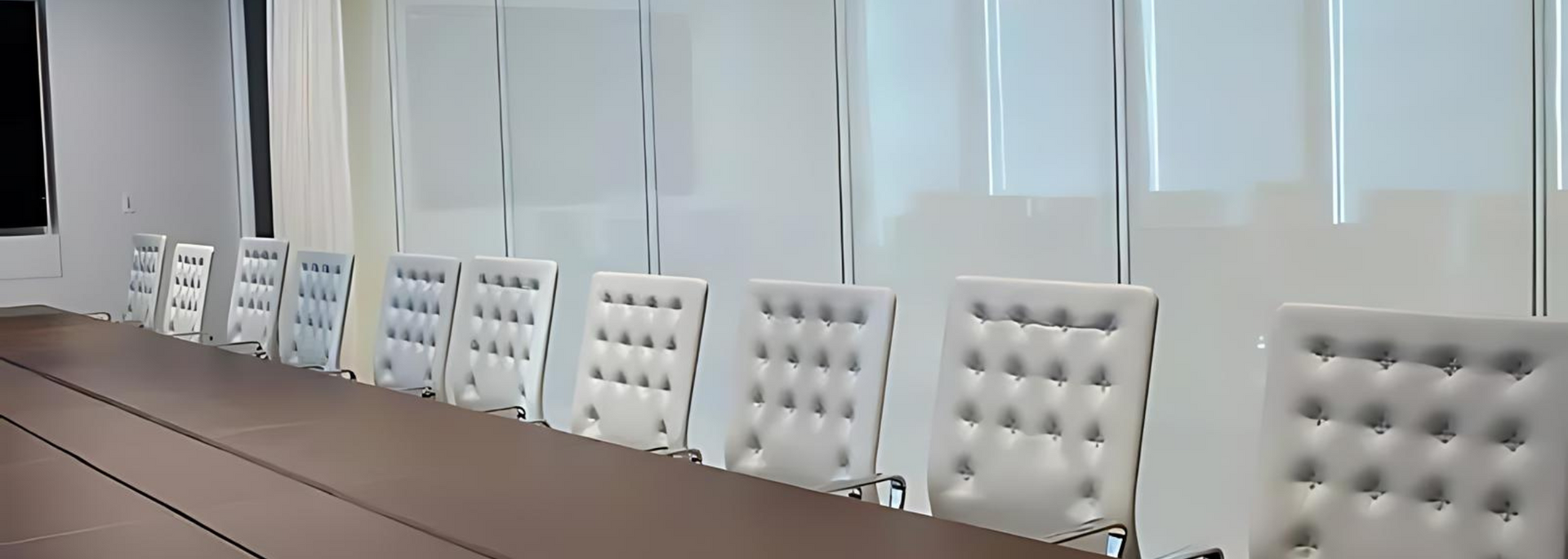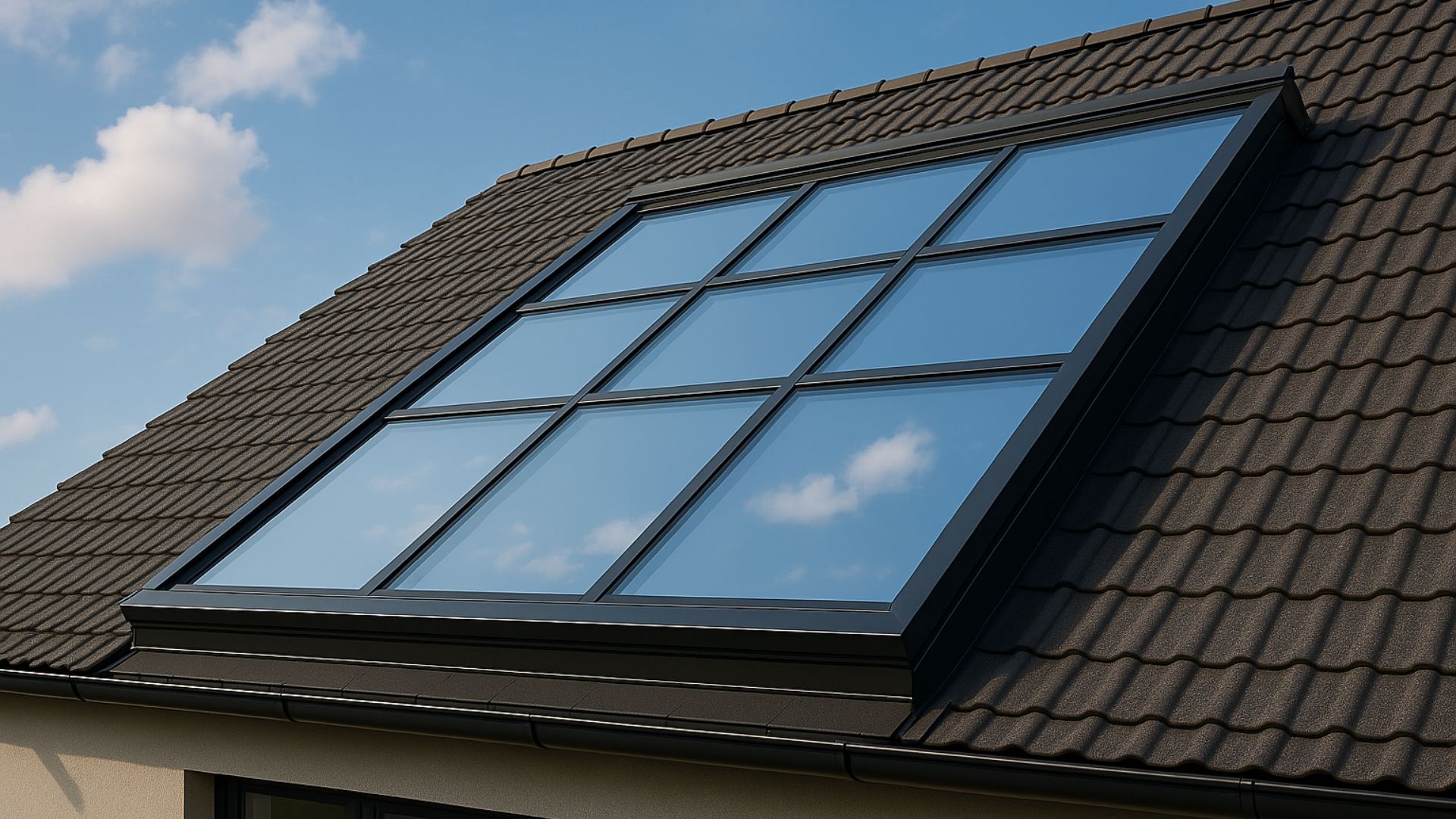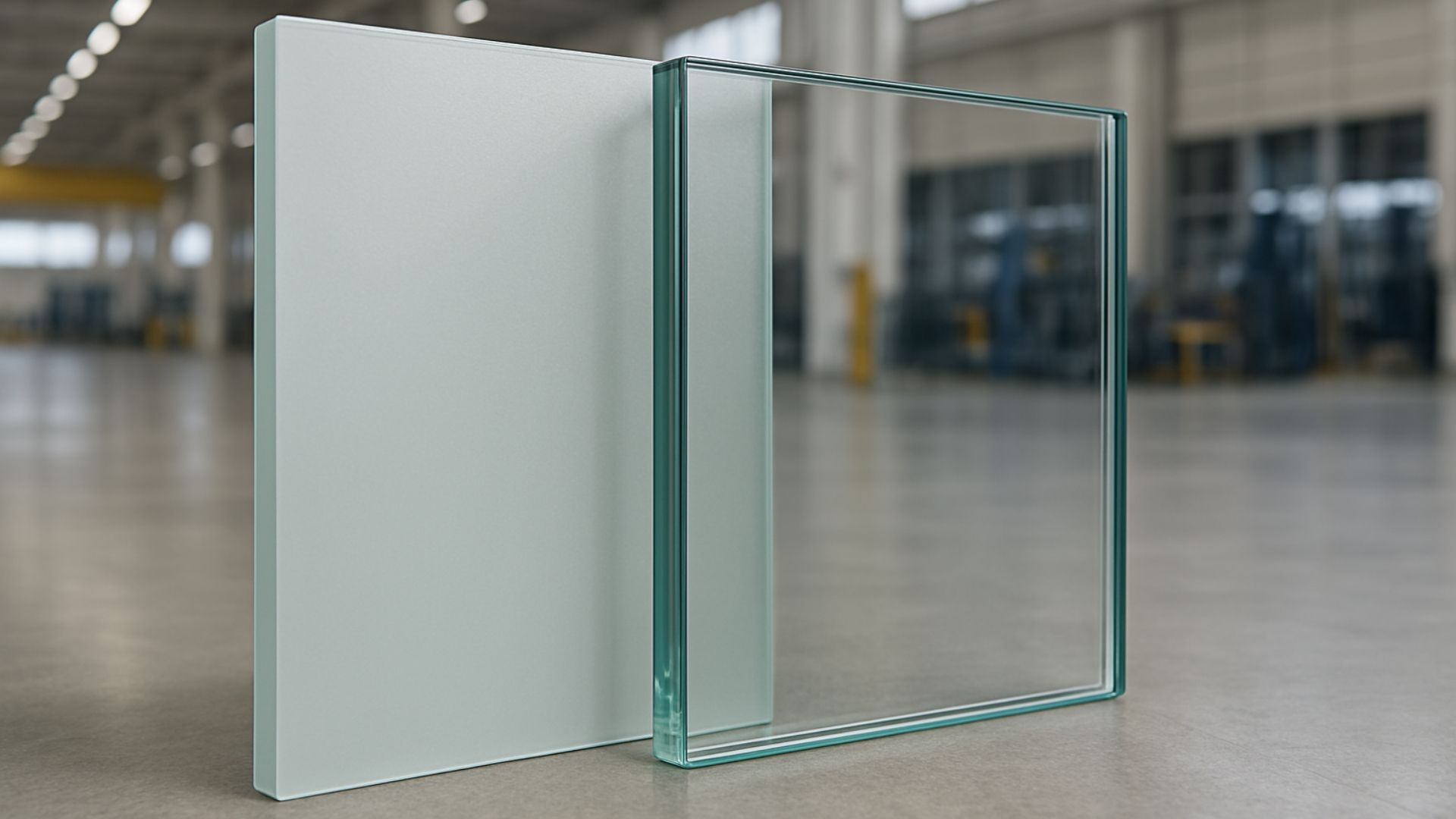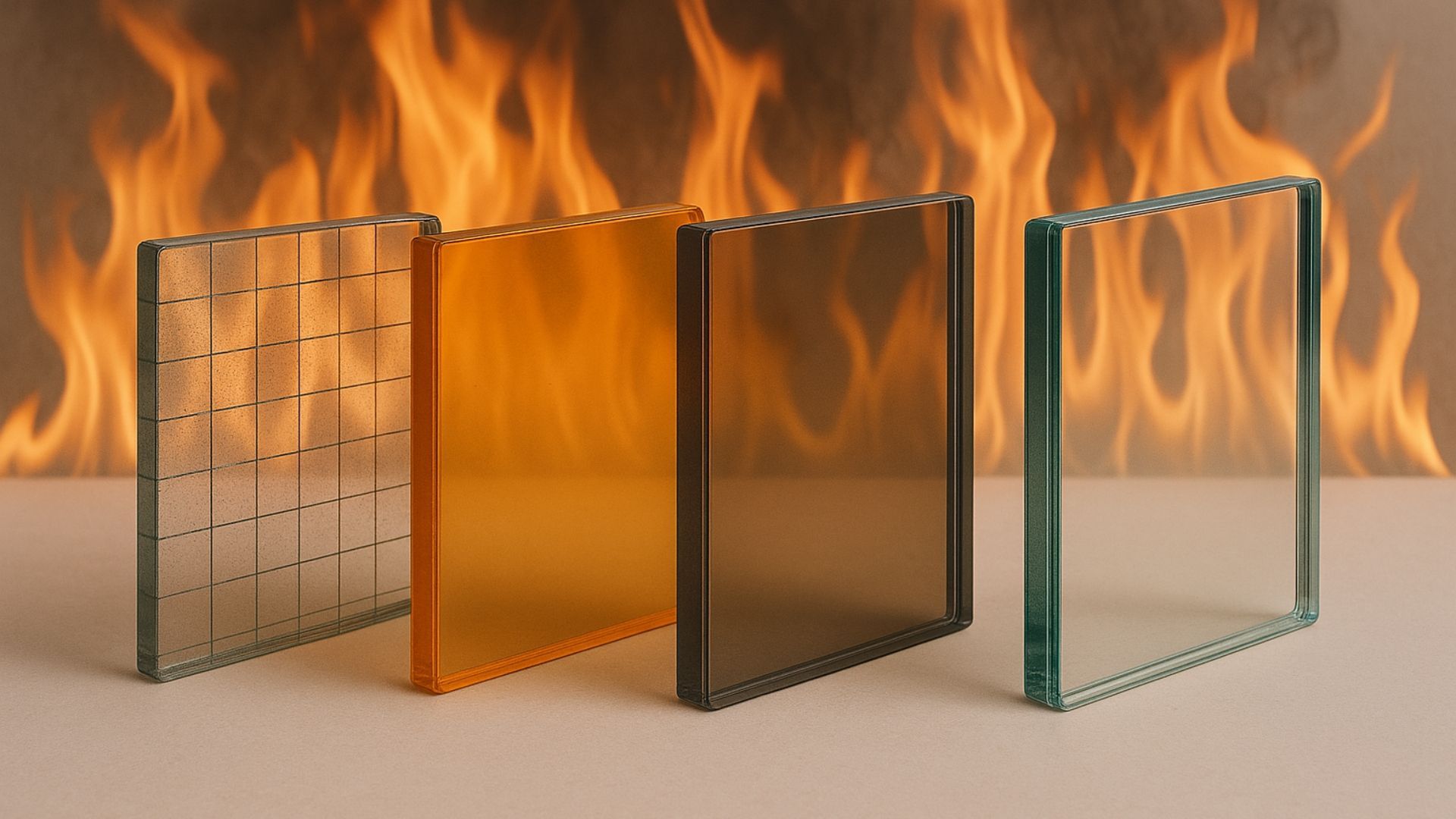How does smart switchable glass work?
Share this blog:
Smart switchable glass gives you privacy on demand. But how does it work? Find out in our guide.

Smart glass, switchable glass – whichever name you give it, this type of glass can be a powerful addition to any commercial or domestic setting.
Its strength lies in its simplicity. At the press of a button, it can switch from transparent to opaque. This makes it ideal for contexts where privacy is needed on demand – bathrooms, for instance, or medical facilities. It's even being used for car sunroofs and structural facades.
As well as keeping out prying eyes, it can also keep out sunlight and heat. At a time when sustainability is high up on many business's agendas, it's an increasingly attractive option.
But like many things in the modern world, its simplicity is only possible because of some pretty complex science. In this article, we break it down so that you too can understand the science behind smart switchable glass.
How does smart switchable glass work?
There are four main types of smart glass: electrochromic devices, polymer-dispersed liquid-crystal devices, suspended-particle devices, and micro-blinds.
Electrochromic panels contain thin layers or "coatings" that are charged with lithium ions. When you activate the glass, these ions move between layers. Current on, the glass is dark. Current off, it goes back to clear.
Polymer-dispersed liquid crystals work differently. The sheet of smart glass has a plastic polymer interlayer filled with tiny holes – and we mean
tiny. These are filled up with liquid crystals. This super-fine Swiss cheese is sandwiched between two conductive layers.
Liquid crystals have some properties of liquids and some properties of crystals. They can move and make droplets like a liquid but can also be fixed in a particular orientation like crystals. It's these properties that make the smart glass smart.
When the current is off, the liquid crystals are scattered about randomly. When light passes through, it looks opaque. But when the current is on, all the liquid crystals align in the same direction and light can pass through without being scattered.

Then there are suspended-particle devices or SPDs. These are similar to liquid crystals, but instead of crystals, you have minuscule rod-like particles. When the current is off, these rods are scattered at random, creating a blockage for light. But when the current is on, the rods align and light is let through.
SPDs can be "tuned" – a process that determines how much light, glare and heat pass through the glass. This can be achieved manually or can be automated.
Finally, there are micro-blinds. In this type of switchable glass, rolled thin metal blinds are applied to the glass. As with all of these methods, the particles in question are tiny – pretty much invisible to the human eye.
When no current passes through, the micro-blinds are rolled and allow light through. When the current is applied, the micro-blinds stretch and block the light. This happens at extreme speed. Just as the blinds themselves are barely perceptible, so the switch happens in a matter of milliseconds.
All of these types of smart glass can be installed in domestic and commercial settings. At ToughGlaze, we use liquid crystals for our
TG SWITCH range.
That's how it works – but what is it used for?
Applications for switchable glass
Switchable glass can be used in all manner of settings, from a domestic bathroom to a structural facade.
Take the Niemeyer Sphere in Leipzig, Germany. This protruding egg-shaped structure is a restaurant covered in switchable glass. When the sunlight gets intense, the glass automatically tints to protect customers from the glare.
It can also be used for increased privacy and increased energy efficiency. Take office windows and partitions. Many modern businesses opt for open-plan offices. The advantages are well-trodden but there's one unavoidable drawback: what happens when you need a private meeting in an open-plan space?
Of course, you could get blinds or curtains and close them when necessary. But in business, looks are important, and smart glass shows that you're a business that means, well, business.

When mounted externally, smart glass can help keep the heat in when it's cold and keep it out when it's warm. This makes it a valuable contribution to energy efficiency in the workplace – something that more and more companies are prioritising.
In hospitals and other medical settings, there's a constant need for on-demand patient privacy. Again, blinds and curtains are a possibility and are still used in many settings. But this creates a problem: the hangings gather dust and bacteria, both of which need to be regularly removed.
Smart glass is great in a setting like this where hygiene is of paramount importance. You don't need to make physical contact with the screen. Instead, you press a button, use a timer or install a motion sensor.
A final example is shower screens and windows in bathrooms. Want to be hidden from prying eyes without darting to and from the window? Smart glass gives you the flexibility and on-demand privacy you need.
Smart glass's potential for energy efficiency, privacy and hygiene all make it a rich resource for architects and designers. We're fascinated to see where they'll take it next.
What is TG SWITCH?
TG SWITCH is our switchable glass product. It uses polymer-dispersed liquid crystals to change tint – and it features an advanced third-generation NPRLC interlayer.
We can cut it to any shape you like whether for framed or frameless installations. And if you already have a smart home system in place, TG SWITCH can be integrated and operated with ease.
Like all of our toughened glass products, it's certified to BS EN standards – in this case, BS EN 14449. Third-party accreditation gives you peace of mind that it's fit for purpose and built to last.
Looking for high-quality
smart switchable glass? Feel free to
get in touch to find out more or request a quick, competitive quote.









